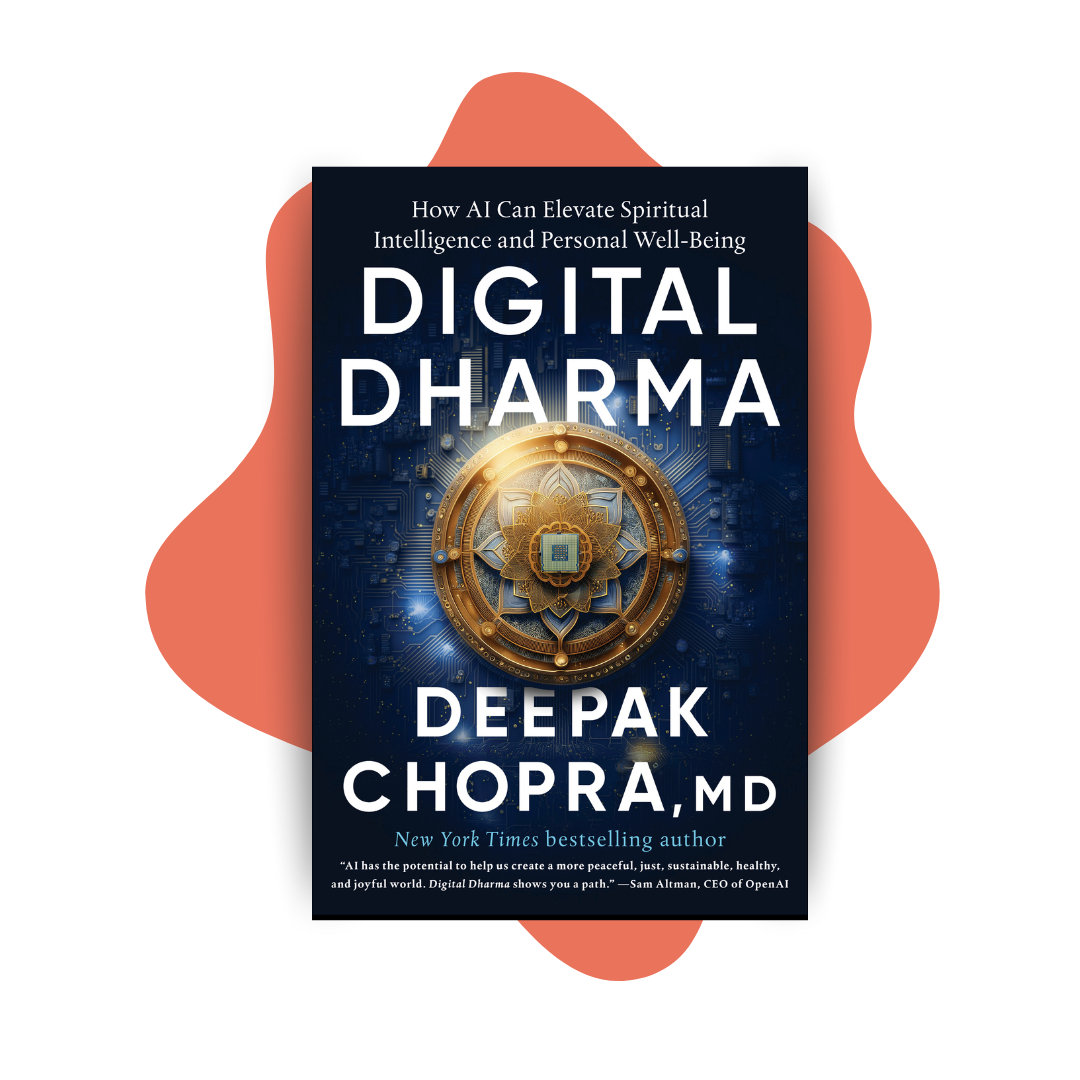How Ayurvedic Herbs Work.
When your mind and heart are truly open abundance will flow to you effortlessly and easily.
From being unknown in the West, the past twenty years have seen a rise of popularity in the West for Ayurveda, the traditional medical system of India. From an Ayurvedic perspective, disease originates in the digestive tract. A potential disorder is identified during the first stage of imbalance as it develops in the gut. Considering the huge interest that has developed around the microbiome, Ayurveda has for centuries looked to the digestive tract as the root cause of disease, and the location of prevention and cure.
Medicinal herbs play a key role in the Ayurvedic treatment plan. They’ve now caught on throughout integrative medicine, but how do they work? Herbs might promote therapeutic benefits via a variety of mechanisms, not all of them known or even discovered yet. The known mechanisms are already quite intriguing. They include the direct absorption across the intestinal lining into the bloodstream, taste receptor signaling on both the tongue and intestinal walls, bacterial metabolism in the gut, and secretions of various health-promoting products called postbiotics by the intestinal microbes upon breaking down the herbs.
If you are attracted to the herbal applications of Ayurveda, looking into how they work is fascinating. It is also chemically complex, much more than the word “herb’ usually implies—Ayurvedic herbs potentially yield a host of medicinal properties with far-reaching effects on multiple targets and body systems. Their complexity stands in stark contrast to drugs that affect single targets. Therefore, many herbs commonly used in Ayurveda are adaptogens: they have the chemical“intelligence,” based on their complexity, to perform multiple services for the body.
A healthy body regulates itself to remain in balance (homeostasis), which is actively promoted through the myriad compounds that compose adaptogenic herbs. This also strengthens the body’s resistance to stress. The endocrine hormones that are key in the stress response are beneficially affected (or modulated) across a broad range by Ayurvedic herbs. The whole scheme is so complicated that research is bound up in all kinds of processes, but the net result might come down to herbal compounds forming a natural synergy with the body—in other words, a global effect in the direction of well-being.
To put it simply, synergy means that the combined effect of herbal compounds is greater than any single one of them. For example, the herb you take might interact with multiple types of receptors on cells, enhancing the therapeutic effect. The herb’s molecules might improve how other plant chemicals are metabolized and made available to the body or enhance immunity.
An Ayurvedic regimen is adapted to your individual needs with personalized herbal formulations to address the gut, the mind, stamina or hormones, which are often a chief complaint. Help might also be enlisted from the colonies of bacteria in your gut microbiome, whose constantly changing activity responds in highly individual ways to plant molecules. These interactions change dynamically according to your diet.
These effects could be transformative for people, and they cry out to be studied. Our research group has examined the potential biological mechanisms of herbal medicines, and we have observed potent effects on the gut microbiome, either in human subjects or laboratory models that mimic our microbiome.
The Ayurvedic digestive formulation we used is a spice mix (turmeric, ginger, black pepper and long pepper, (also called Pipli) to be taken just before or with meals; it can also be used in cooking. Our research group looked at the impact of these culinary spices on gut microbes. They all exhibited strong prebiotic effects as well as helping to suppress microbes that can be inflammatory. Thus some beneficial microbes increased while some undesirable ones decreased in abundance.
Now that we’ve outlined the general picture, the details get somewhat complex, but they speak volumes to researchers validating how Ayurvedic herbs specifically act in the intestine when they meet the teeming life of the microbiome.
Our group wanted to know more about what components in the mix caused gut microbes to change their growth rates and functions. Using a highly accurate measuring technique called mass spectrometry, we could examine the relevant sugar digestion pathways with computer-based methods, along with the pathways for short-fatty acid production. Short-chain fatty acids are important microbial products of fermentation that have widespread effects on the gut lining and the nervous system.
The results of the lab model revealed that the sugar composition of the herb itself is not the main driver of the gut microbial changes. The functions of a bacterial gene family called glycosyl hydrolases are more strongly associated with herb response. Glycosyl hydrolases are enzymes that are produced by microbes that help break down complex food sugars called polysaccharides. Our bodies are unable to process these sugars without the help of our microbial residents. The presence of these complex sugars in the diet provides selective pressure on gut microbial communities such that microbes that contain the particular type of enzyme needed to break down the sugar grow in abundance and modulate various activities.
Among the culinary spices analyzed in our laboratory model of the gut environment, turmeric promoted robust changes in microbiota composition that are predicted to increase beneficial butyrate-producing bacteria. Butyrate is a short-chain fatty acid that provides fuel for the cells of the intestinal lining, supports immune system functions, and regulates the nervous system. Several herbs also increased the abundance of propionate, which is a short-chain fatty acid that positively influences fat metabolism in the liver.
In a randomized, double blind pilot clinical trial, we observed that the turmeric treatment response appears to reflect the breakdown of polysaccharide sugar components present within the turmeric root by the extensive repertoire of specialized glycosyl hydrolase enzymes encoded in the genomes of important health-promoting microbes in the genera Bacteroides, Bifidobacterium, Alistipes, and Parabacteroides, which were elevated by turmeric treatment. The sugars liberated by these microbes then provide energy for fermentative bacteria such as a large diversity of important Clostridium species that make important health-promoting products such as short chain fatty acids. Thus, these culinary spices may drive beneficial changes in the gut microbiome to alter the community and collective metabolism to promote salubrious effects on digestion and beyond. Larger human trials are needed to confirm these findings but demonstrate that healthy choices such as cooking with extra spice or taking an Ayurvedic Agni mix may ultimately be beneficial for these reasons.
Triphala is a cornerstone herbal formulation of three dried fruits with many clinical applications ranging from gastrointestinal disorders to skin related conditions. The complex composition of these rejuvenation-promoting fruits also promotes stamina and immunity in broad populations such as the very young and elderly. Our group investigated the effects of Triphala, Slippery Elm, and Licorice, commonly prescribed herbs for gastrointestinal health, on human gut microbes. These herbal medicines induced changes in about a third of the human gut species profiled and increased the abundance of bacteria known to promote human health such as Bifidobacterium, Lactobacillus, and Bacteroides species. This responsive grouping of bacteria included species that produced beneficial butyrate. Herb supplementation also reduced the abundance of species deemed potential pathogens. The herbs also increased the abundance of bacteria that degrade certain amino acids, the building blocks of proteins, such as tryptophan which is converted to serotonin in the brain. The products of these degradation reactions then act as signaling molecules that positively influence gut and neurological function.
The herbal formulation targeting the mind in Ayurvedic treatment is of key importance in the context of the gut-brain axis. Many of these nervine herbs, which are herbs that specifically support the neurological system, are classified as nootropics meaning that they improve the general function of the nervous system such as via memory improvement. We examined 10 commonly used Ayurvedic nervine herbs that improve memory, mood and other functions including Kapikacchu, Gotu Kola, Brahmi/Bacopa, Shankhapushpi, Boswellia/Frankincense, Jatamansi, Bhringaraj, Guduchi, Ashwagandha and Shatavari. Herb supplementation induced profound changes in a third of the detected microbes; and bacopa, ashwagandha and kapikacchu were the most potent modulators examined. Ashwagandha and kapikacchu supplementation increased the abundance of several beneficial Bifidobacterium and Bacteroides species while Brahmi (Bacopa) promoted growth of several Bacteroides species that are beneficial and dominant members of the gut.
These nervine herbs were predicted to modulate SCFA production pathways in gut microbes to potentially increase levels of neuroactive butyrate. Brahmi, ashwagandha, and kapikacchu selected for increased growth of butyrate producing gut microbes. Many gut species also coordinated their response to herb supplementation, working together in the bioreactor to efficiently metabolize the herbs. Our analysis revealed networks of microbes that may work together and synchronize their response in the presence of certain herbs or sugars. Thus, the nervine herbs demonstrate potent modulatory actions on the human gut microbiota in terms of both structure and metabolic function. These changes in the gut community’s metabolism may affect signaling in the enteric nervous system and ultimately the gut-brain axis.
While we are still discovering all of the ways that Ayurvedic herbs work therapeutically, we have learned that they exert a prebiotic effect and increase the growth and activities of beneficial microbes in our guts while potentially inhibiting bacteria that may be less desirable. Some gut microbes use their specialized sets of enzymes to liberate sugars from the herbs so that other microbial groups can make beneficial byproducts, or post-biotics, such as the short chain fatty acids. Other gut bacteria degrade amino acids that are later converted to neurotransmitters to modulate gut-brain functions. Microbes appear to work as communities that may synchronize their response to herbs. The gut microbes help us break down the polymolecular herbs so that the constituents like polyphenols are more bioavailable, and they also manufacture their own health-promoting compounds such as neuroactive butyrate. Working as communities, microbes provide capabilities and health benefits that we would never have working in isolation on our own. The discovery of the prebiotic effects of herbs on the modulation of gut microbes and their subsequent generation of health-promoting metabolites (post-biotics) has expanded our view of herbal medicine to include the microbes as mediators of the therapeutic effects. Luckily for us, there is no real separation of species but the interaction, collaboration and exchange of information and resources within an interconnected community.
Christine Tara Peterson, Ph.D., A.H.P., is an Assistant Project Scientist in the Department of Family Medicine at the University of California San Diego School of Medicine, where she completed her Post-Doctoral Fellowship, and is leading Clinical Trials with Ayurvedic medicine and the therapeutic modulation of microbiomes in neurodegenerative disease. Dr. Peterson is also focused on mechanistic research in Ayurvedic Medicine, neuroprotection as it is related to the microbiota-gut-brain axis, and the discovery of natural therapeutics.
DEEPAK CHOPRA™ MD, FACP, founder of The Chopra Foundation, a non-profit entity for research on well-being and humanitarianism, and Chopra Global, a whole health company at the intersection of science and spirituality, is a world-renowned pioneer in integrative medicine and personal transformation. Chopra is a Clinical Professor of Family Medicine and Public Health at the University of California, San Diego and serves as a senior scientist with Gallup Organization. He is the author of over 90 books translated into over forty-three languages, including numerous New York Times bestsellers. His 90th book and national bestseller, Metahuman: Unleashing Your Infinite Potential (Harmony Books), unlocks the secrets to moving beyond our present limitations to access a field of infinite possibilities. For the last thirty years, Chopra has been at the forefront of the meditation revolution and his latest book, Total Meditation (Harmony Books) will help to achieve new dimensions of stress-free living and joyful living. TIME magazine has described Dr. Chopra as “one of the top 100 heroes and icons of the century.” www.deepakchopra.com

